If you read my previous blog post, Visiting Churches in Sussex (day 1), you will know that I am doing day trips to Sussex in search of the little churches often found in woodland, at the end of lanes, in hamlets or villages – steeped in history. I’ve focused on Sussex as it’s not too far to travel by car and it’s a beautiful county. The first day trip was 9th July.
The second day trip was 29th July when I visited the following six churches:
Each one of these churches has a unique beauty and history. Each also has its own smell – some mustier than others! I’ve focused on the oldest churches and one on this trip dates back to C9!
The first church, Church of St Mary the Virgin, North Stoke, is in the most idyllic rural setting at the end of a lane surrounded by farm buildings on the South Downs in the loop of the river Arun.
The church is in the shape of a cross and remains unaltered since medieval times. It’s not a large church and has simple and elegant proportions which give it a feeling of height and space. Light floods into the church from the beautiful clear glass medieval windows. There are traces of wall painting dating from C14 of flowers, leaves and scrolls. There is also some very old and rare stained glass from C14 and some stone carving including a quaint little hand and a sheep’s head.
This little chuch is simply stunning. As with nearly all the churches I’ve visited I was the only person there so I sat for 20 minutes and absorbed the silence. In fact I do this in all the churches I visit. You can feel and smell the history of these sacred spaces.
It was a 17 minute drive crossing the river Arun, up the hill around the perimeter fence of Arundel castle, through Arundel and then up the hill to St Leonard, South Stoke. Along the route, I had a pitstop at the Black Rabbit pub for a coffee. This pub is in an idyllic setting on the banks of the river with Arundel Castle in the background.
South Stoke is a small village two miles from Arundel along a narrow lane, which ends by the church, and is close to the river Arun, on the other side from the previous church in North Stoke. St Leonard is a C11 two-cell church, altered in the C13 with lancets, a porch and a tower with a narrow arch of unusual form. There were extensive C19 alterations. The church is built of flint, which includes some herringbone masonry in the less restored north walls of the nave and chancel. The proportions of the doorways suggest it is late C11, so it is possible that the church is mentioned in Domesday Book.
The narrow, tall proportions of the tower are unusual for most smaller churches in the area have only a belfry perched above the gable.
In the C15 the nave roof was renewed (the replacement has crownposts) and so were one or more windows. The most conspicuous change was a new spirelet on the tower, over-sized and corbelled out in a way more reminiscent of a Victorian town hall. Such a clumsy design hardly suggests the involvement of a significant architect!
I organise these trips by creating a Word document with each church, its address & opening times, some of its history and highlights and I even include the time it takes to drive between each one. I even plan them around the weather, preferring a day with full or partial sunshine which is better for photography. However the one thing I never organise is where to have lunch and I usually find it’s about 2pm before the hunger pangs set in ! On this trip I realised I wasn’t far from my favourite village, Firle, so I decided to visit the next church and then head to The Ram Inn in Firle for lunch. I also like Firle because there is always an honesty box with locally grown vegetables for sale by the village shop so I return home armed with lots of produce.
Half an hour from the 2nd church was church number 3, St Nicholas, Bramber which is on a high natural knoll overlooking the river Adur next to the remains of Bramber castle.
The caste was built by William de Braose soon after the Norman Conquest to help protect William I’s newly won territories; he built the church at the same time. The one surviving wall of the tower, standing 14 metres high, provides a glimpse of how imposing the castle once was.
If you climb to the top of the motte there are stunning views of the surrounding Sussex countryside.
St Nicholas is the oldest Norman church in Sussex – C11. The church was originally built for a college of secular canons, but by the mid-13th century it was given over to be the parish church of Bramber. The first church was built on a cruciform plan, with a tower over the crossing.
The original nave still stands, along with the chancel arch, while the crossing itself now serves as the chancel. The low tower, though it looks original, was built in C18. The main interest inside the church is the surviving C11 carving detail, in particular, the capitals supporting the chancel arch. These capitals are carved in wonderful early Norman style, with heads and a panel depicting the Biblical story of the fox and geese.
The three-light east window, though it appears Norman, is actually a Victorian replacement.
Then it was on to Firle for a much needed lunch at The Ram Inn and a chance to regroup. There was no-one around on The Street and only a handful in the pub. It is the most gorgeous little village and I love the fresh vegetables and flowers that are for sale with an honesty box outside the house adjacent to the village shop.
After lunch I decided to follow the road on the edge of the village to Firle Beacon. I’d never been there before and was amazed at the 360c views over the countryside and also to the sea.
I had hoped to visit Firle House, the home of the Gage family for 500 years. I’ve been many times in the grounds but never visited the house. When I arrived for the last tour of the day the doors were firmly shut and I realised that my watch was 30 minutes behind !!
Unfazed by that glitch in my plans I drove the 15 minutes to the next church, St Andrew’s Alfriston. Founded in the 1360s, St Andrew’s is a fine example of a 14th century parish church, located close to the winding Cuckmere River, and beside the Old Clergy House (the first National Trust property). This church is unlike many other churches because it was built all at one time with no major later additions. It is known as the Cathedral of the South Downs due to its size and soaring arches.
It is unknown why the original village of just a few hundred people the building is very large indeed, and no one knows why or who commissioned its construction. In addition, the reason for its dedication to Saint Andrew the apostle is likewise unknown. Perhaps, and most intriguingly, is the mound on which the church stands – the latter rises from the village green (“The Tye”), and may be man-made, indicating that it could have been a pre-Christian site, in an area known for having a long history of human habitation.
Unusually, the church is built in the form of a Greek Cross (a cross with arms of equal length). Six bells are placed below the spire which is why the church is one of less than 20 in the country where bell ringers dramatically ring from the centre of the church.
Originally the interior walls were covered with brightly coloured murals and the remains of these can be seen in the sanctuary, where the original consecration crosses remain. There are many other fascinating features in and around the church, including an original and fine Easter sepulchre, piscina (an apse where the priest prepares his hands during a service) and sedilia (elaborately decorated seating set into the wall). Notable burials include Baron Denis Healey (famous Labour Party politician) and Sir Peter Medawar (one of Britain’s greatest 20th century scientists.
Despite Alfriston being a popular desination for visitors when I arrived at the church there was no-one in it except the minister. I had a long chat and told him about my day trips to root out little historic churches and he advised me to visit a church not far from there, St Andrew’s, Bishopstone, where I duly headed next. It’s thought that this church with its Saxon origins, is the oldest in Sussex.
Bishopstone is close to Seaford and lies in an unspoiled Downland valley and consists of a few houses and a church. If you stand on The Egg (the village green) and look towards the soaring square church tower with its medieval ‘grotesques’ carved around the top, you are standing in the centre of an Anglo-Saxon Minster which itself had a tower, albeit wooden. The church and churchyard have so much of interest that a book was written about it “All is Hush’d” by Rodney Castleden and Ann Murray. It gives an insightful history of the village and the church and much more. With no shop or pub, Bishopstone is seldom visited today but the book makes it clear that this was once a very important centre.
There is a comprehensive list of the monuments and gravestones in and outside the church. Every church and village should have a book like this.
In the past, the cores of the nave and south porticus have been dated to the C8 or C9 but a date as late as c1000 has recently been preferred. In the C12 a tower, chancel in two parts and north aisle were added and the porticus became a porch. In the C13 lancets were inserted and the arcade rebuilt.
I’ve yet to enter the church as it was locked when I arrived and I’ve since returned and it was also locked despite the opening hours stating it should have been opened.
By now it was 6pm and a gloriously sunny and serene evening. I had no desire to leave Sussex and return to London so I drove to the Alciston on my way back to the A27 road. Alciston is a small village on the edge of the South Downs and seems to be from a bygone age with its many thatched roof houses, and its ancient farm and church. A chalk-built church, now Grade 1 listed, was founded before the Norman invasion and evidence of this building was found recently during excavations under the East window of the church.
Alciston also has the remains of a C14 monaster. The dovecote from the monastery has been restored and there is a 170ft long tithe barn with a roof of 50,000 tiles!
It was such a beautiful evening with not a soul around. I sat on a bench outside the church and decided that I needed another similar day in Sussex very soon. I was so reluctant to leave and face the hour and 40 minutes back to Balham, South West London.
You may also like to read


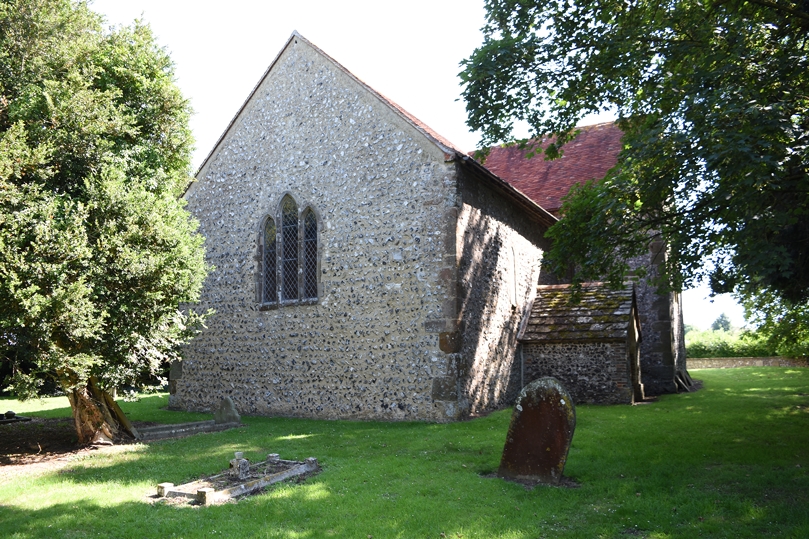
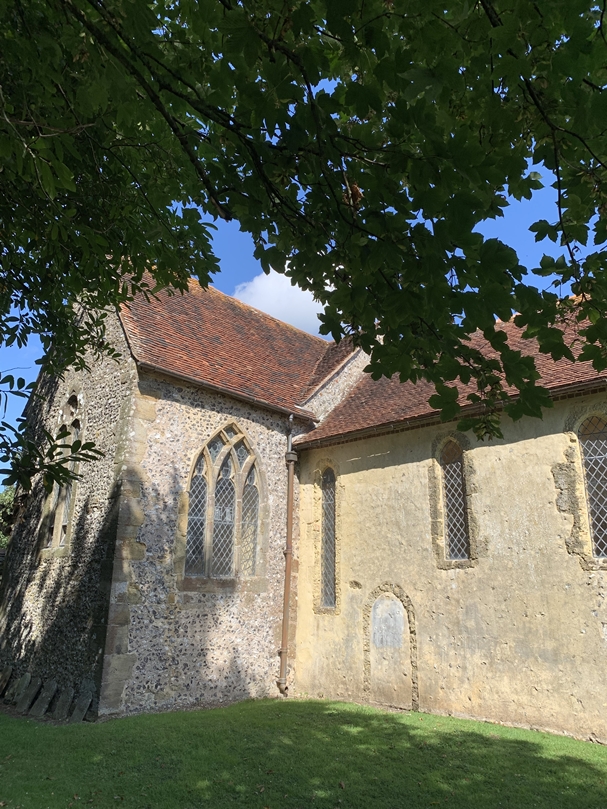
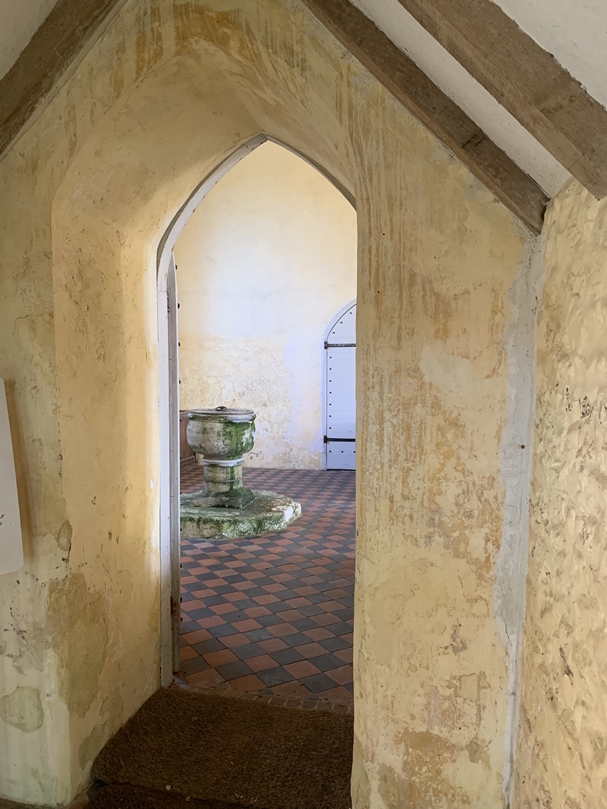
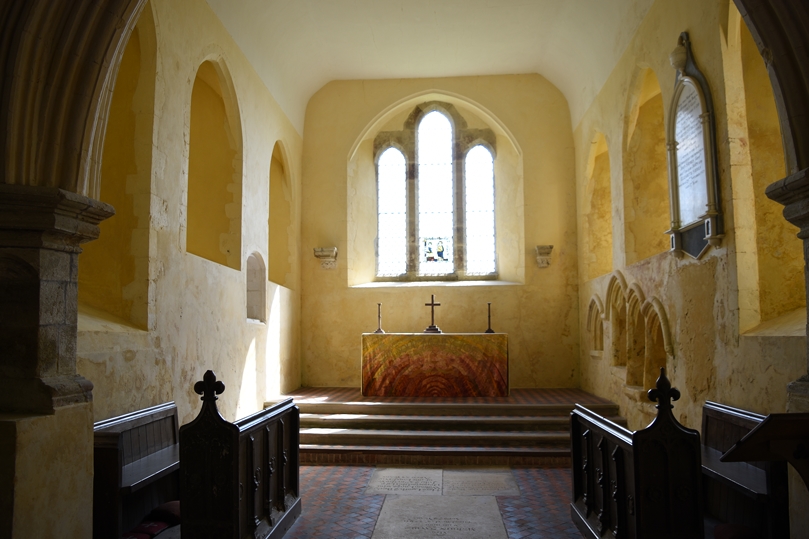
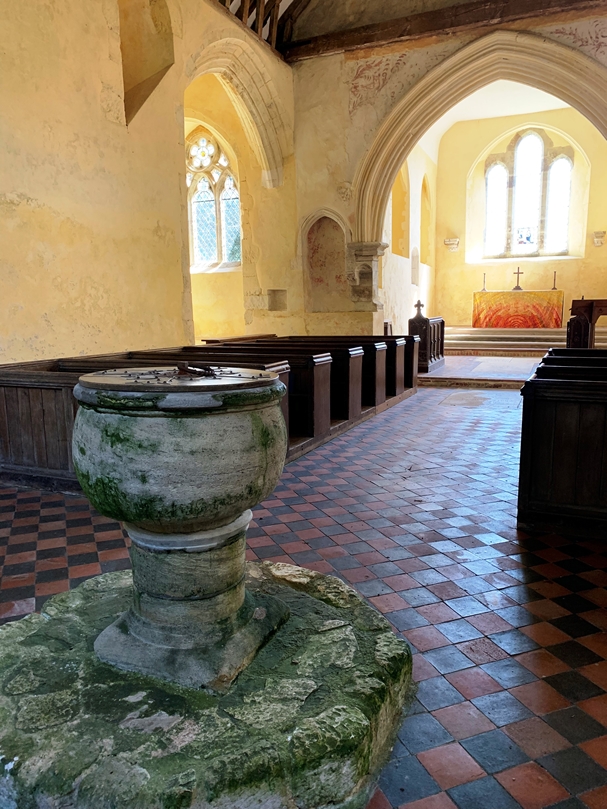

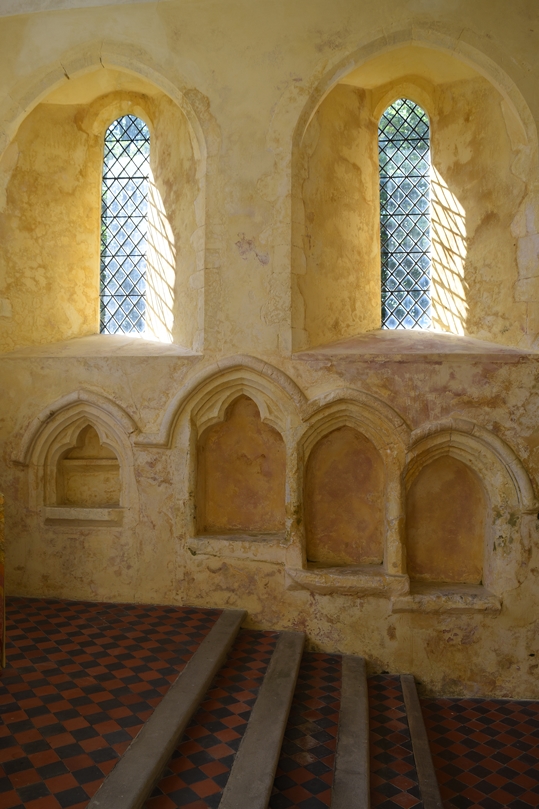

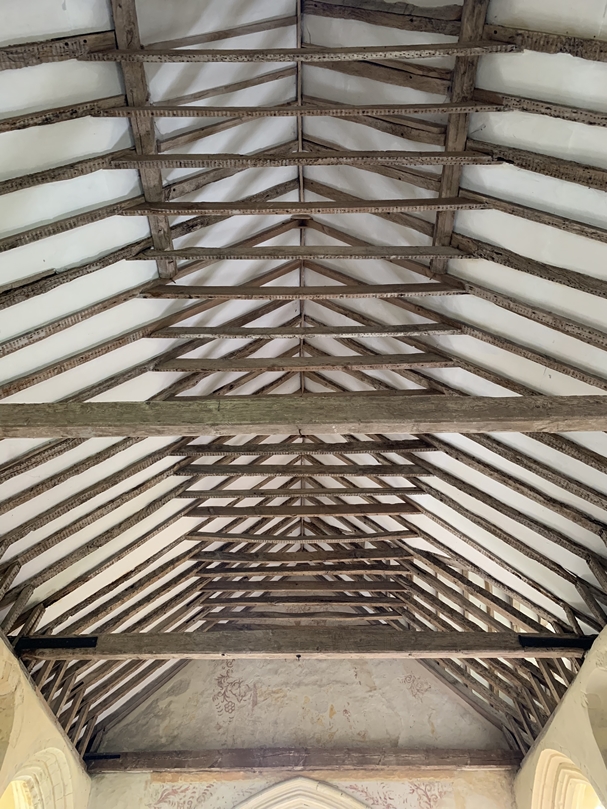
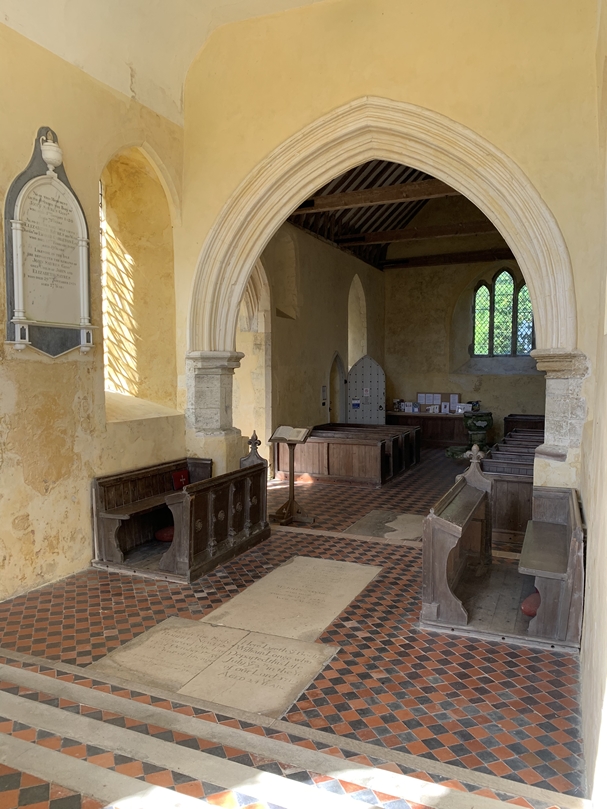
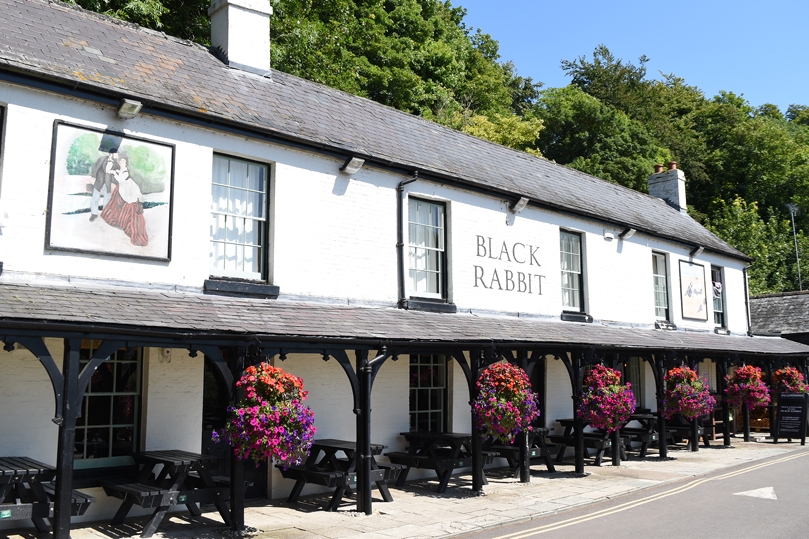

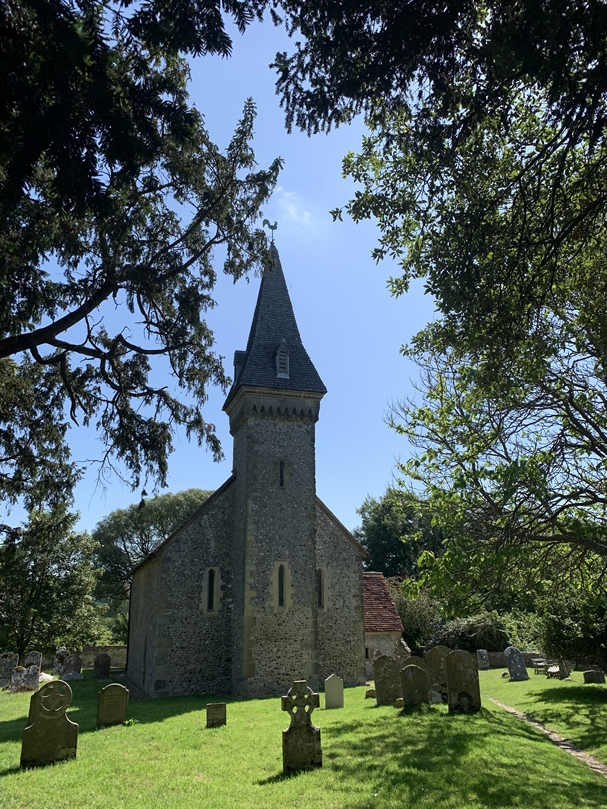
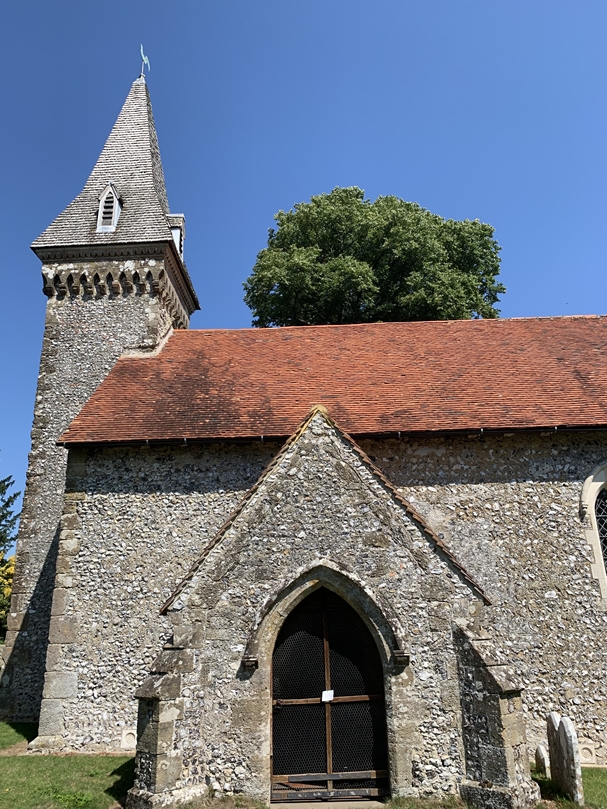
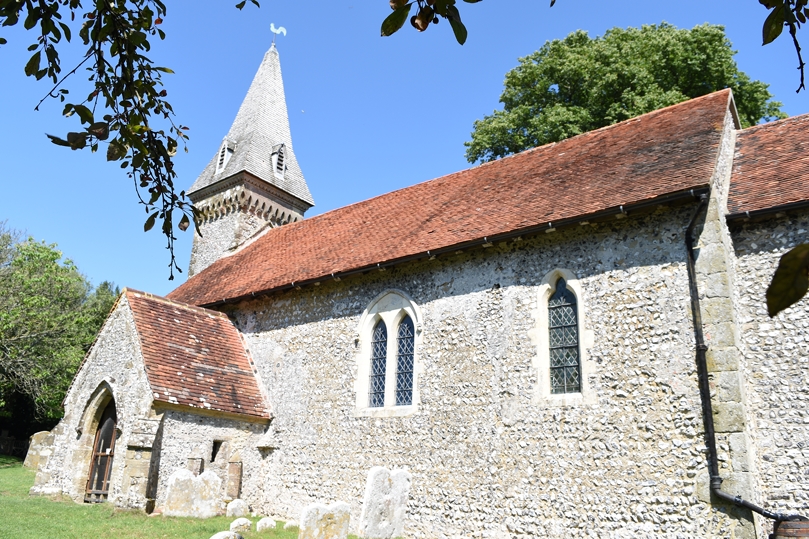
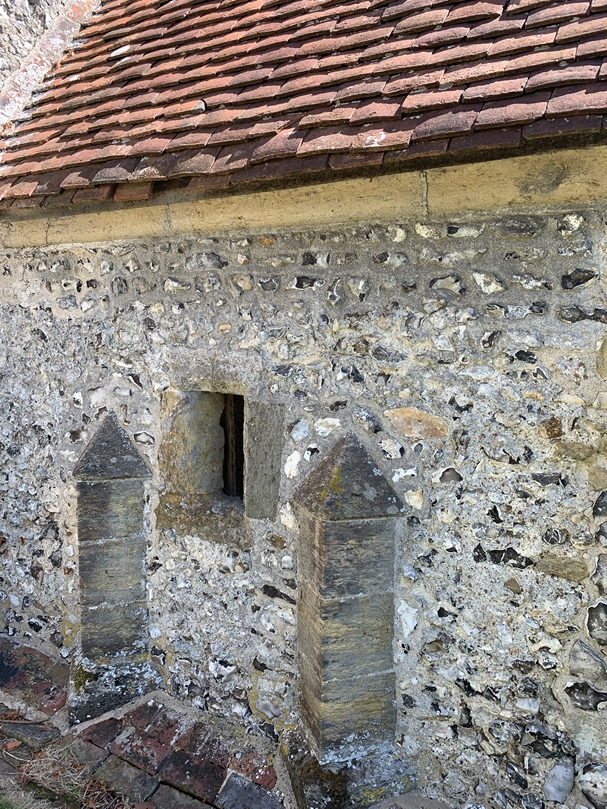
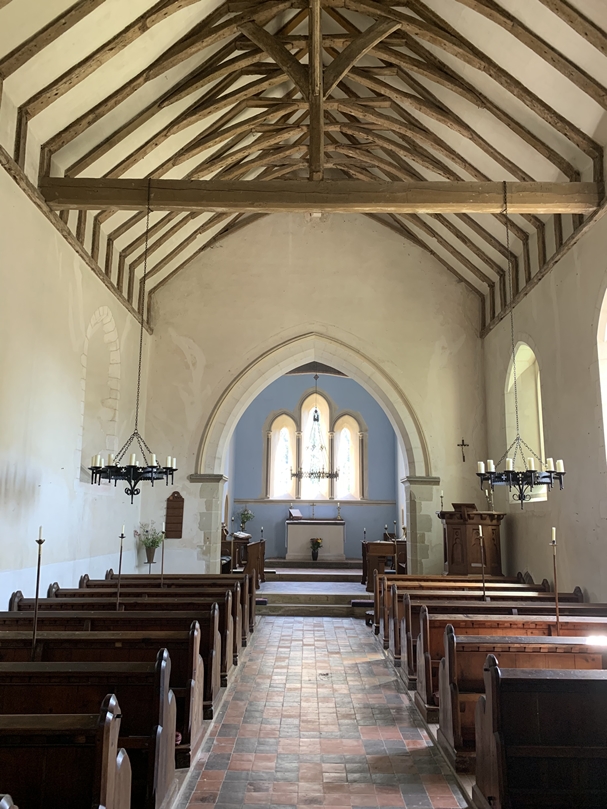
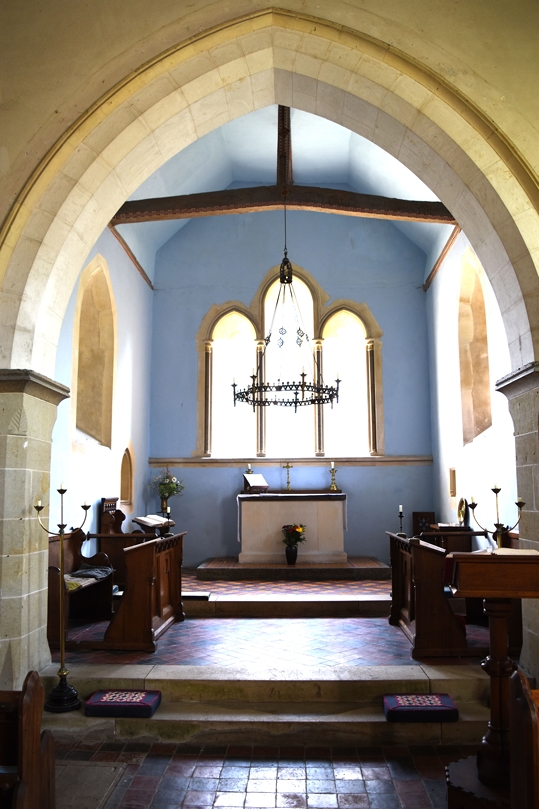
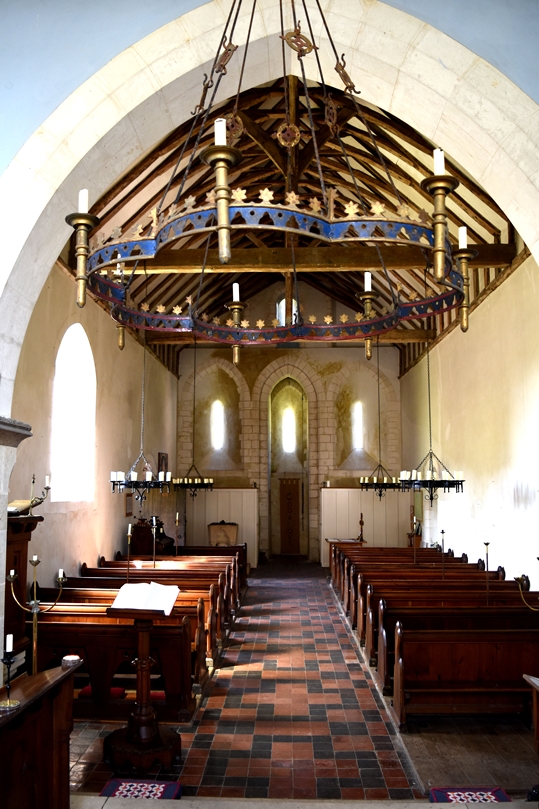
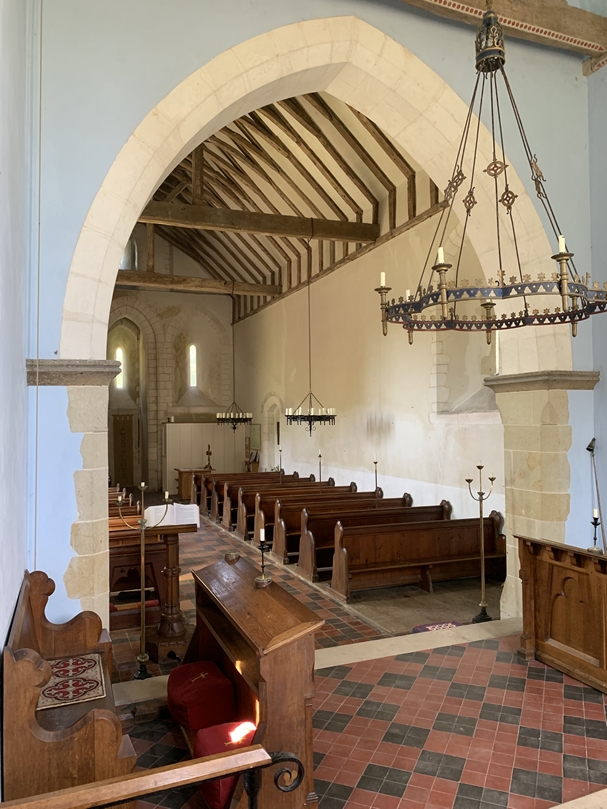

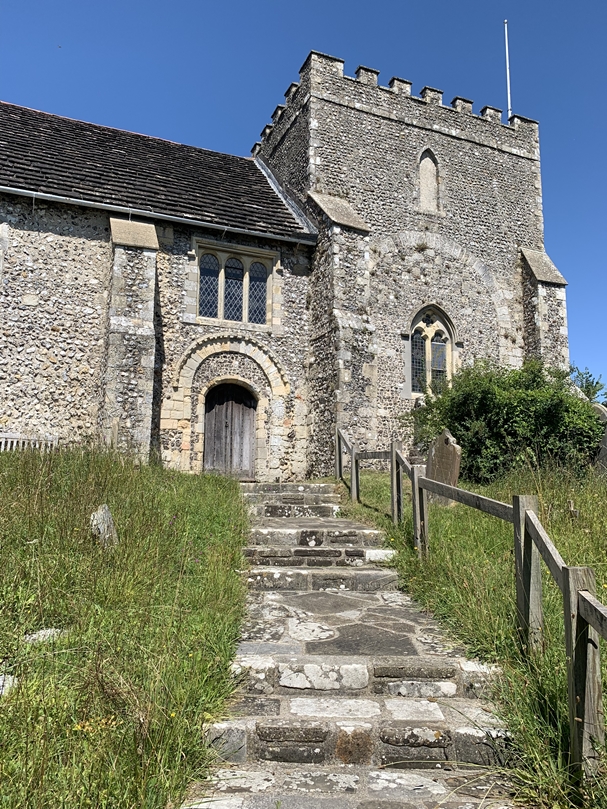
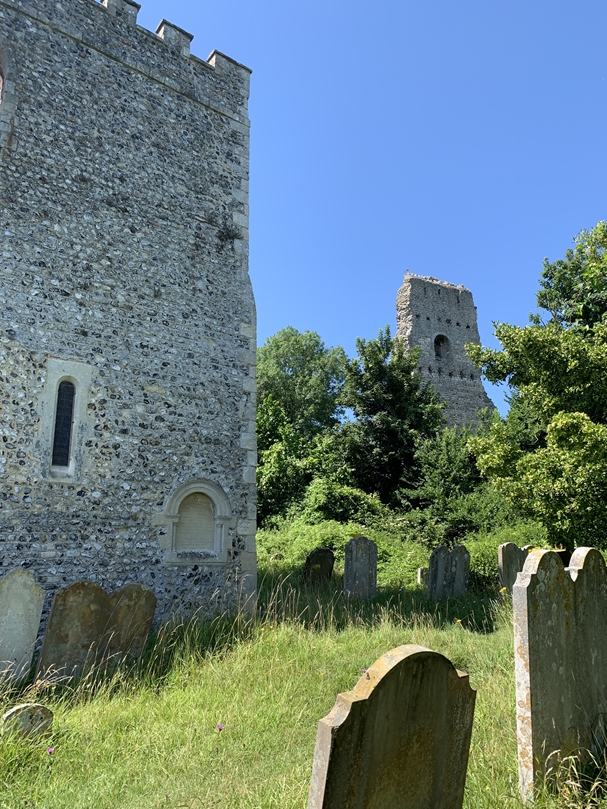
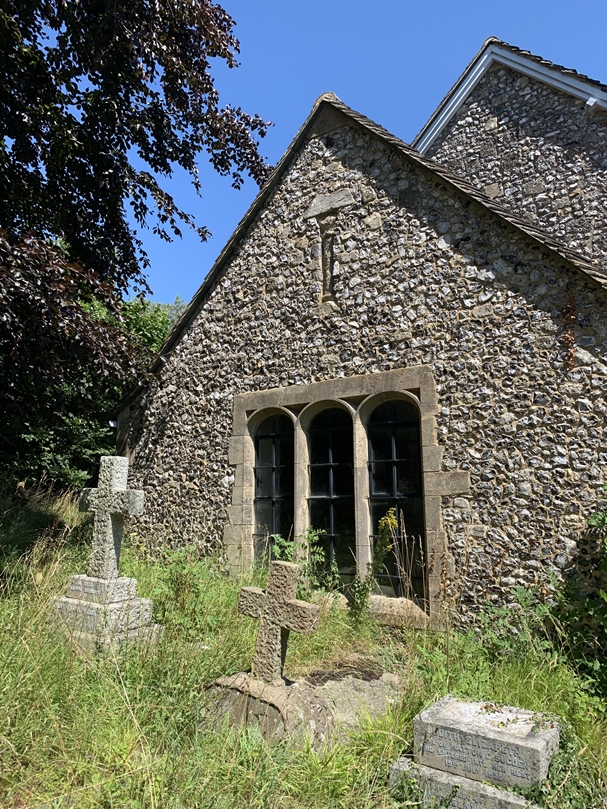
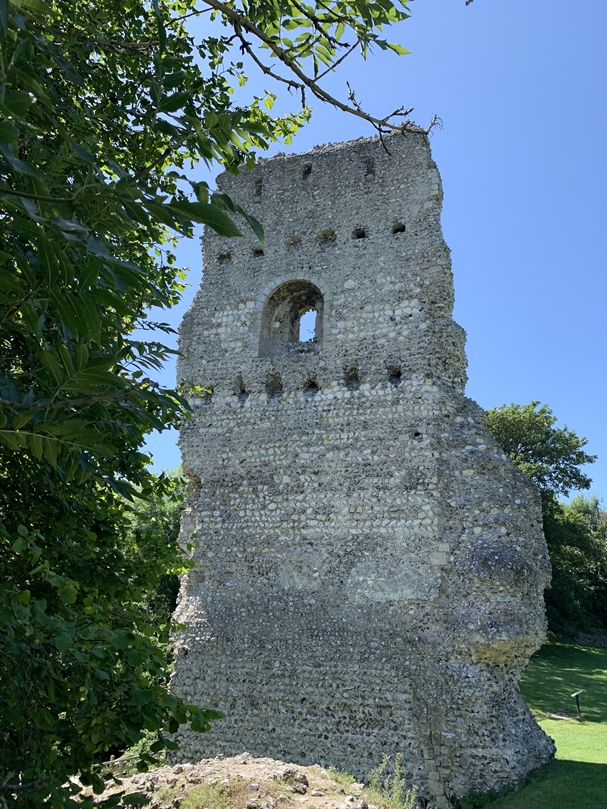
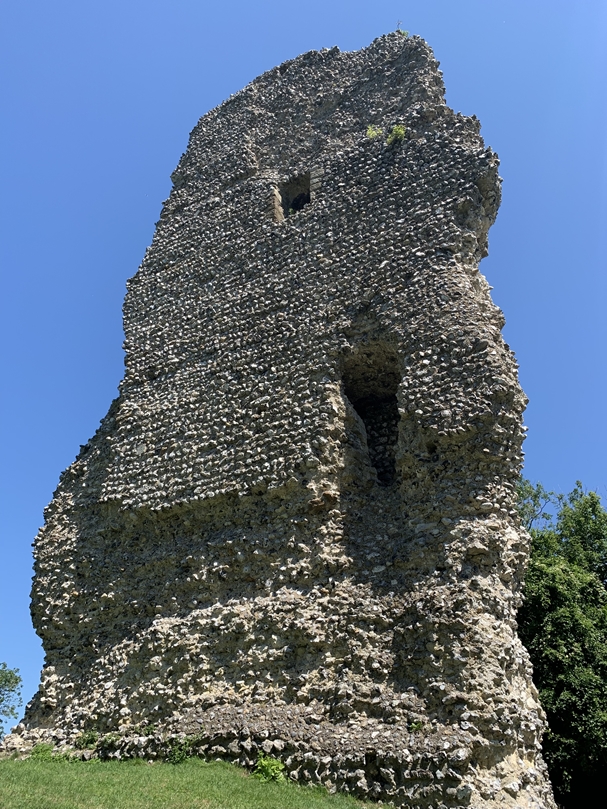
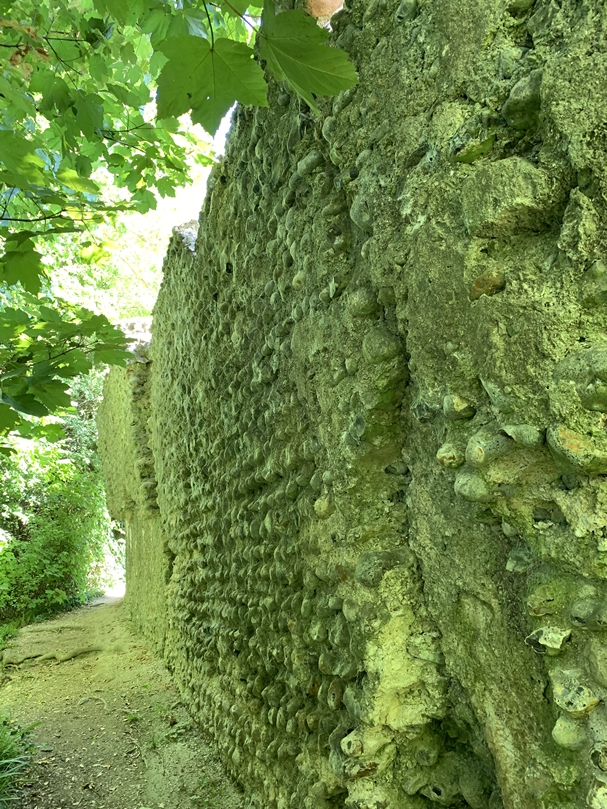
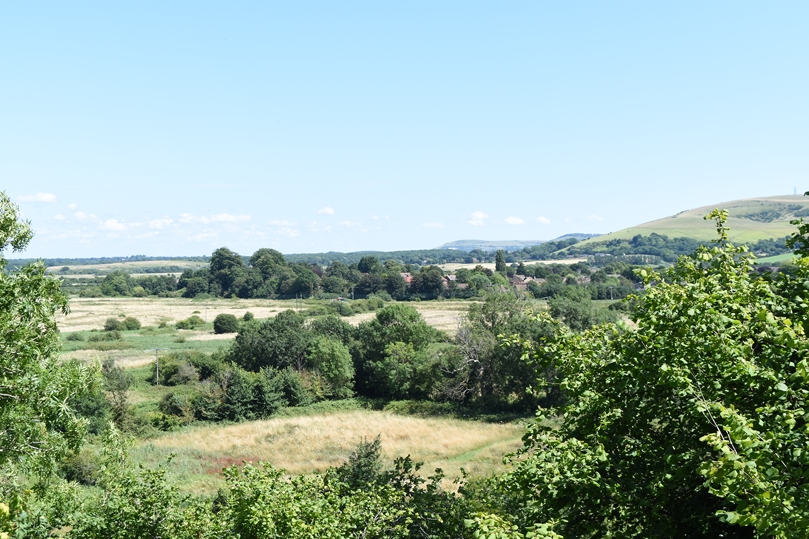
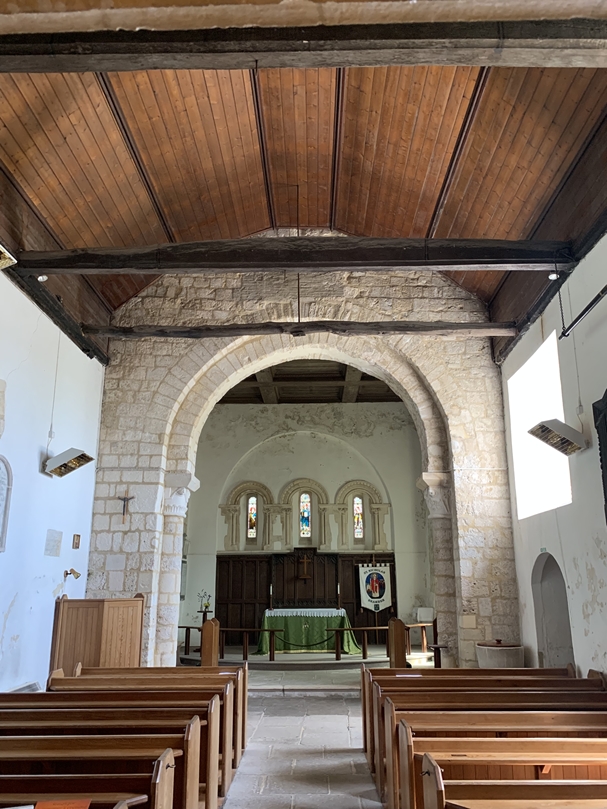
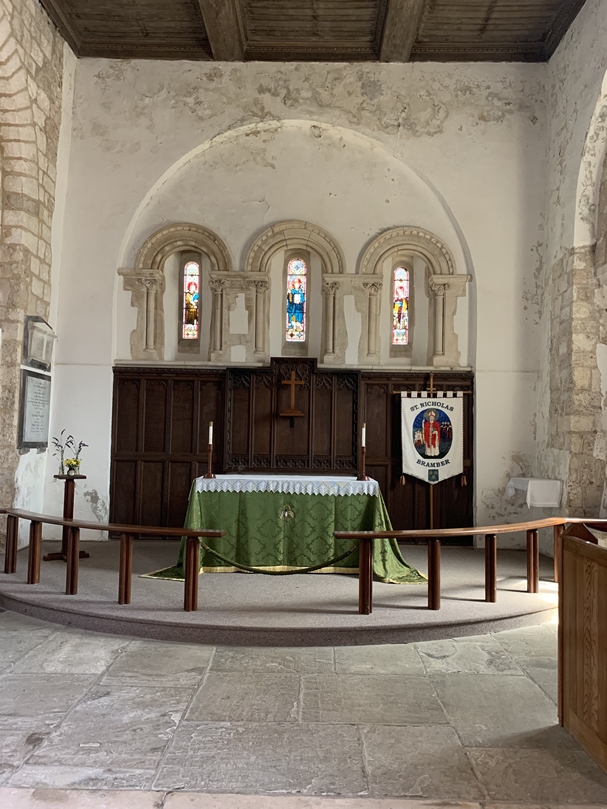

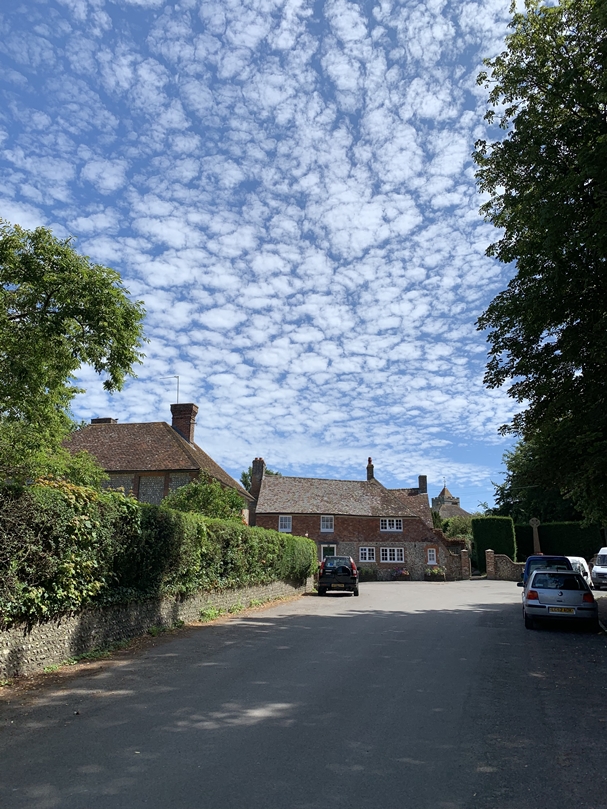
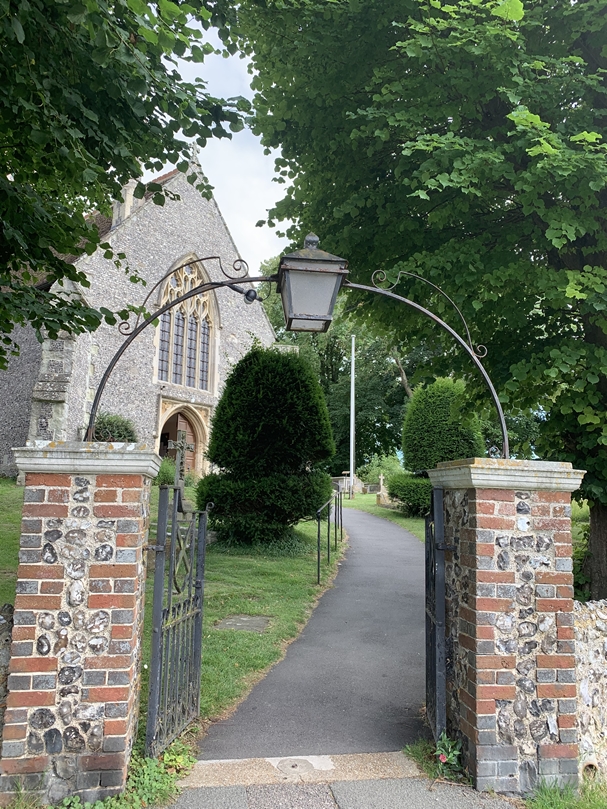
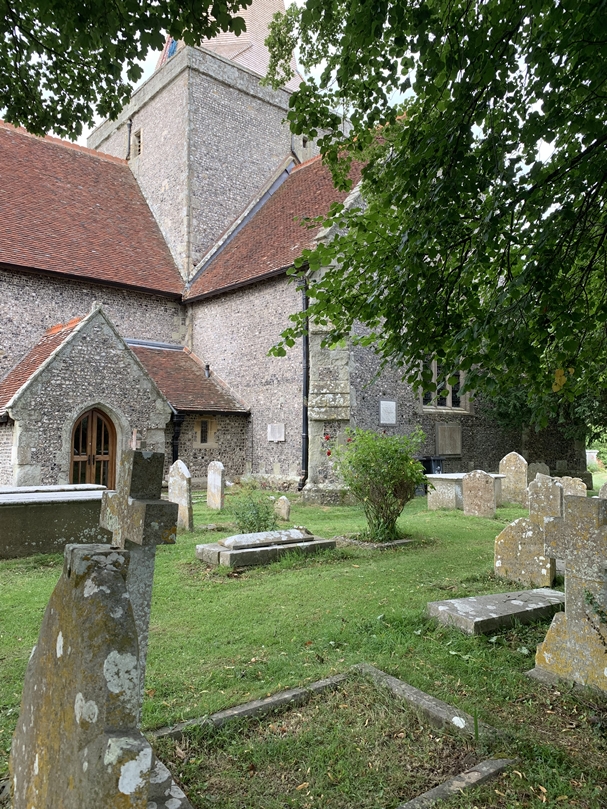
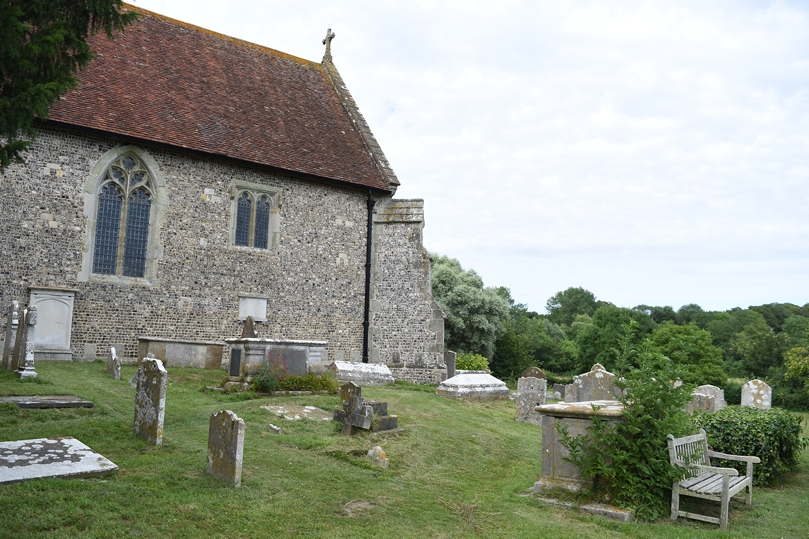
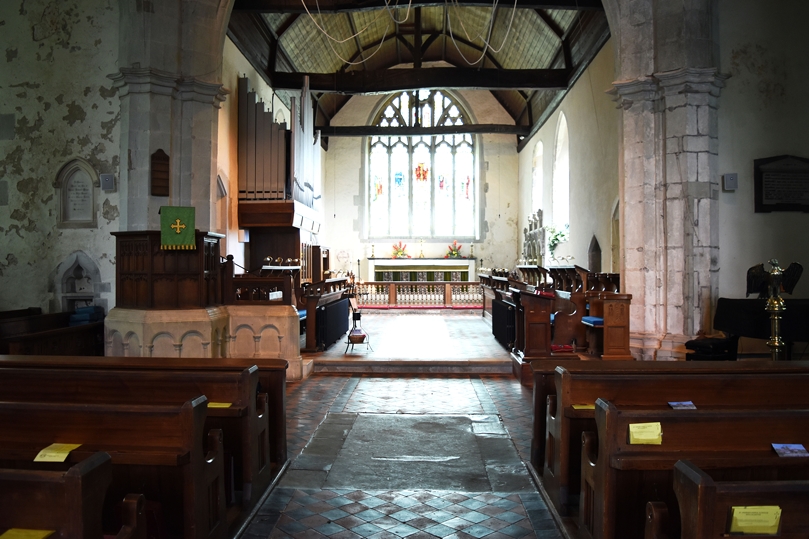
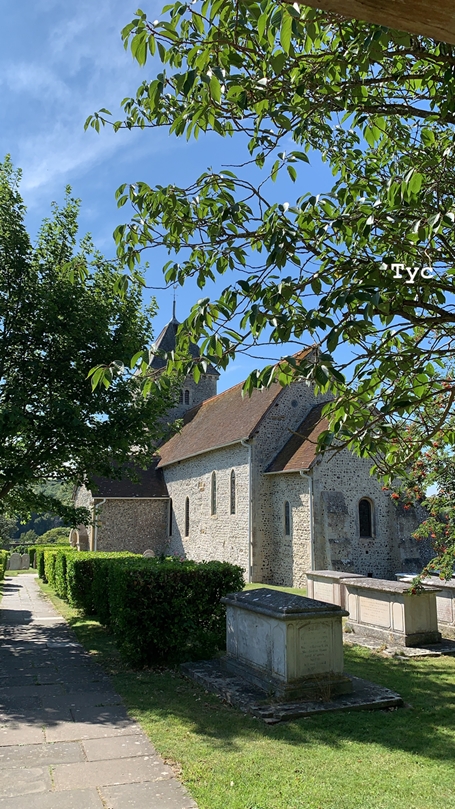
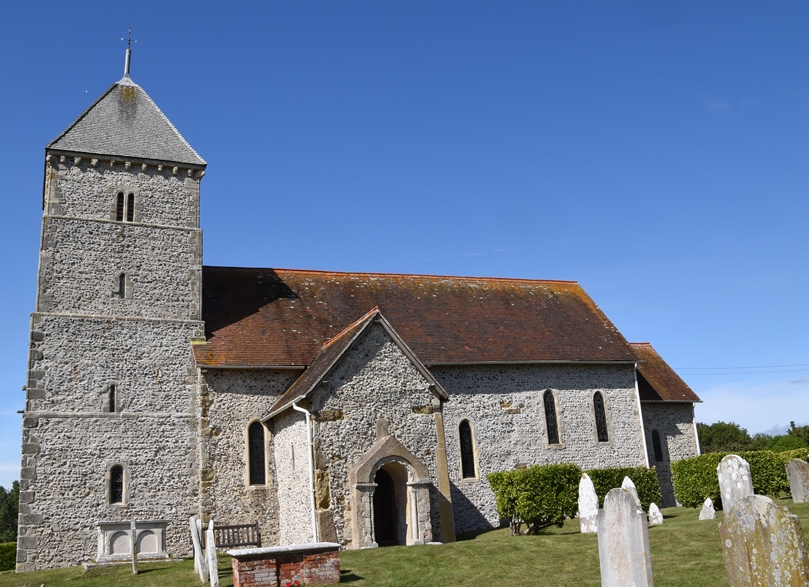
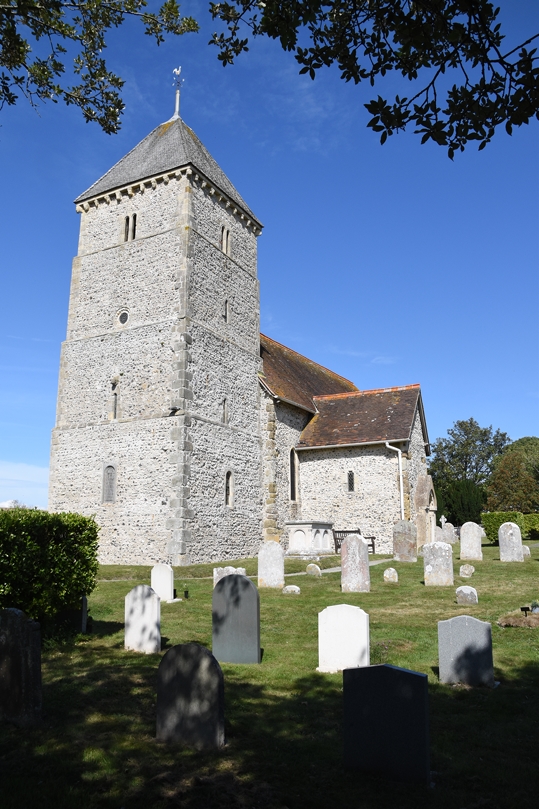
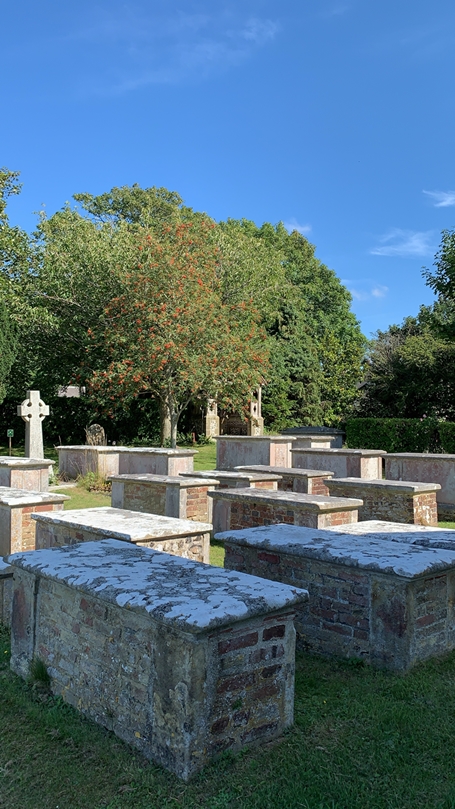
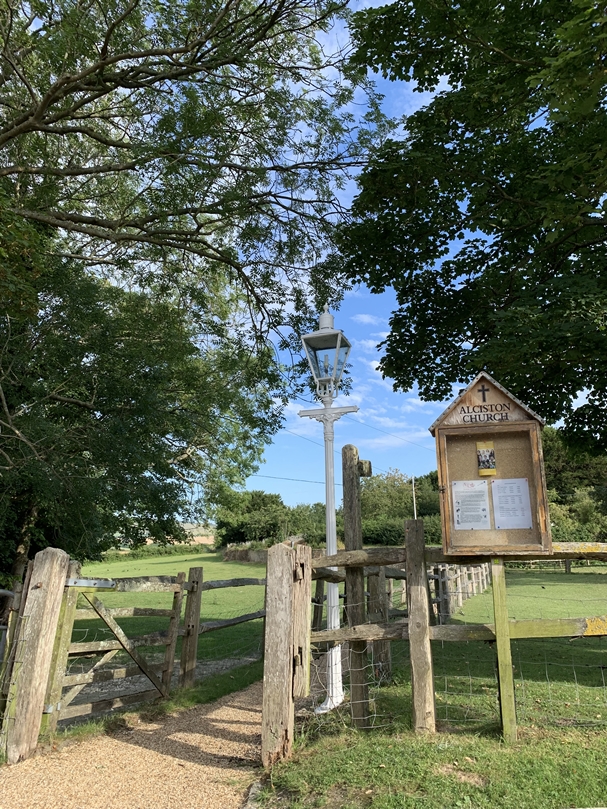
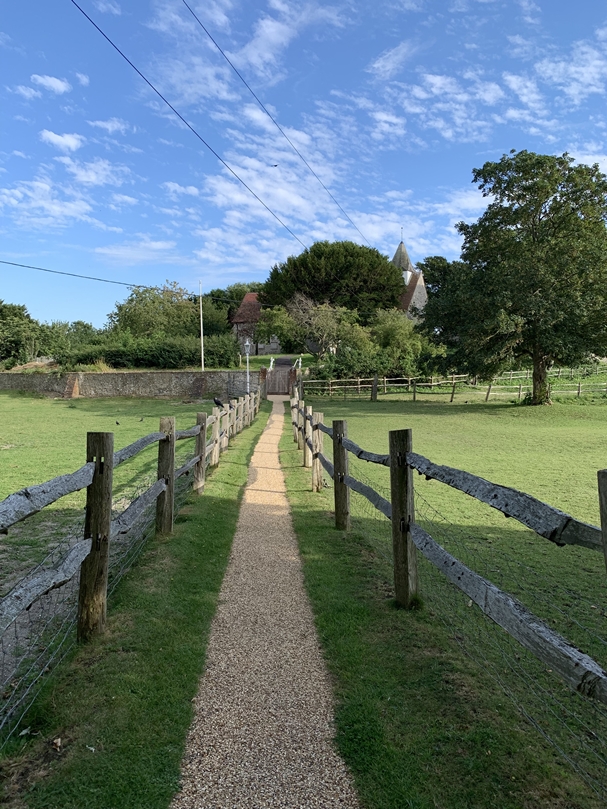
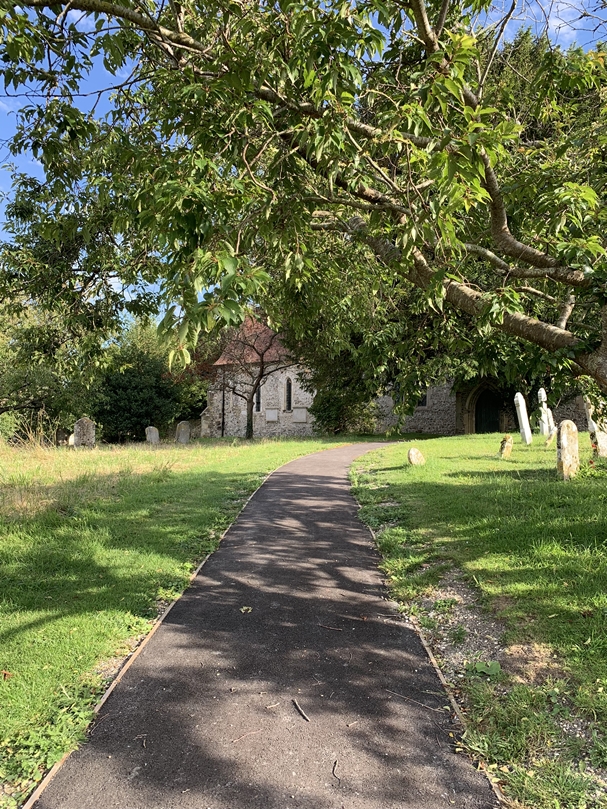
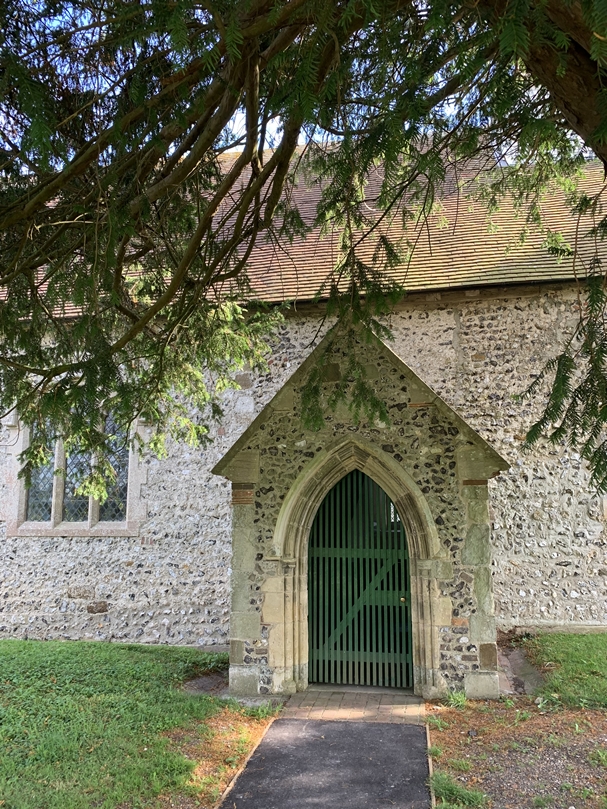
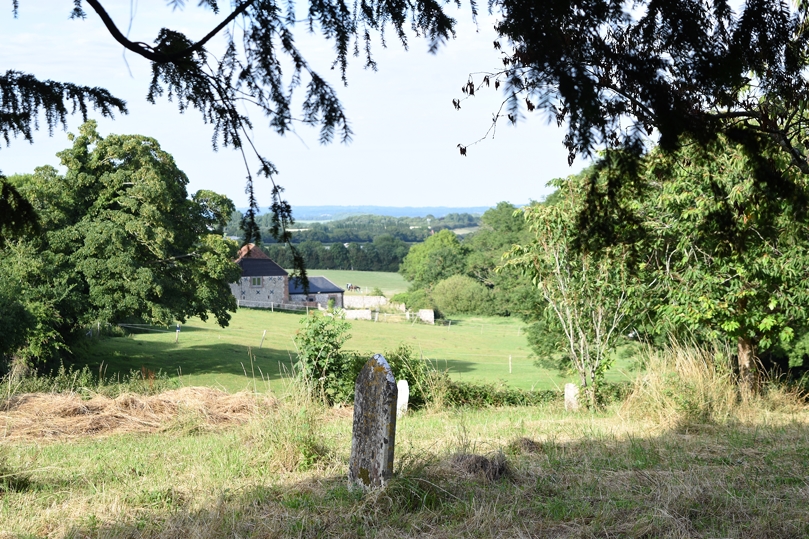
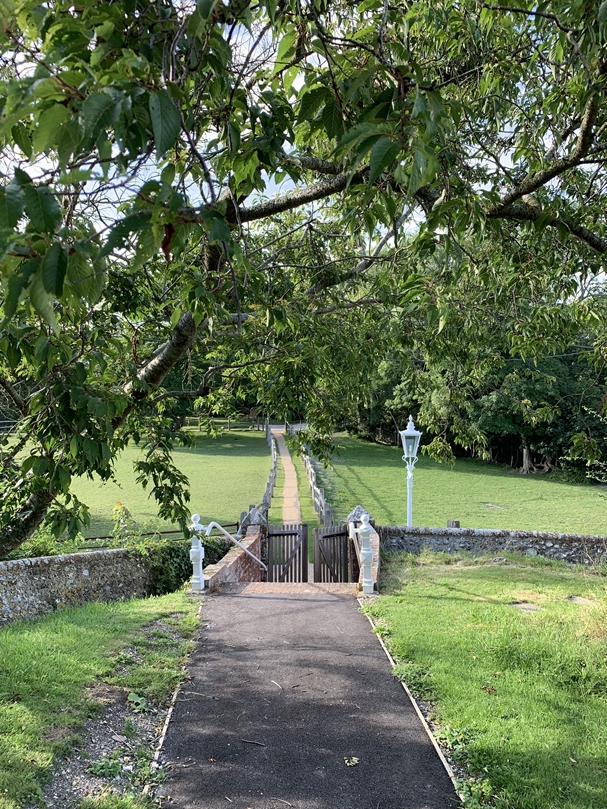








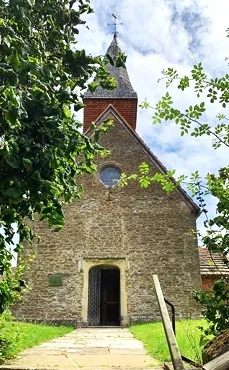
I am delighted to announce that in September 2019 I became a published photographer, that is, I had my first ever photographs published in a book, The Gardener’s Travel Companion to England, by well-known Australian author Janelle McCulloch which features a variety of beautiful English gardens.